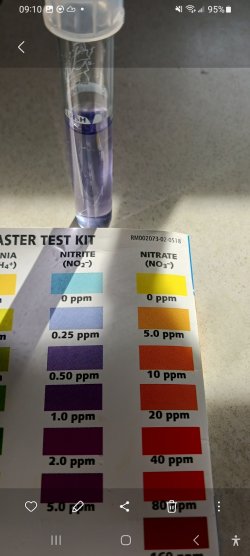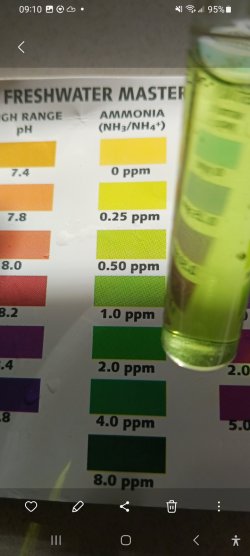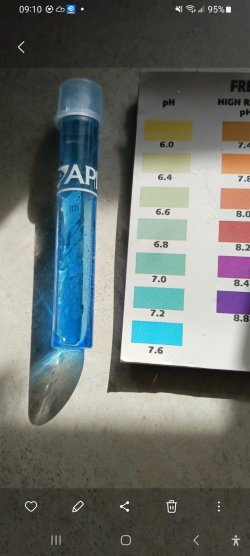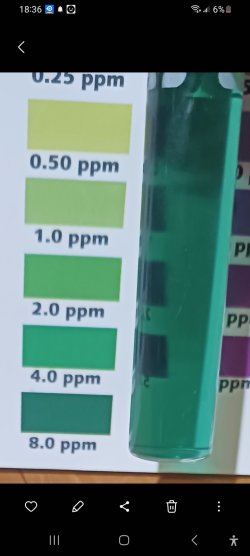It depends. Saturday to yesterday is 4 days. Could you tell is if you've done any of the following -
Have you added any bottled bacteria? If so, which brand?
Have you put any media from another tank in there?
Are there any live plants in the tank?
Or have you just put brand new substrate, maybe bits of new wood or rocks and added nothing but the ammonia?
Bottled bacteria could have dropped the ammonia level in 4 days.
Media from another tank will have bacteria in it, so that would have dropped the ammonia level.
Plants use ammonia as fertiliser so lots of plants would have dropped the ammonia level in 4 days.
If everything is brand new, there are no plants, no media from another tank and you have not added bottled bacteria, then and only then do you need to add more ammonia.
But don't do anything until we know the answers to the questions!
Have you added any bottled bacteria? If so, which brand?
Have you put any media from another tank in there?
Are there any live plants in the tank?
Or have you just put brand new substrate, maybe bits of new wood or rocks and added nothing but the ammonia?
Bottled bacteria could have dropped the ammonia level in 4 days.
Media from another tank will have bacteria in it, so that would have dropped the ammonia level.
Plants use ammonia as fertiliser so lots of plants would have dropped the ammonia level in 4 days.
If everything is brand new, there are no plants, no media from another tank and you have not added bottled bacteria, then and only then do you need to add more ammonia.
But don't do anything until we know the answers to the questions!






